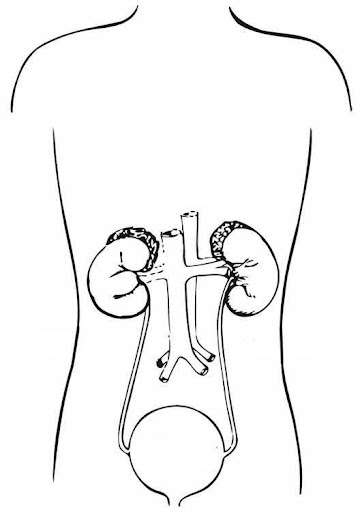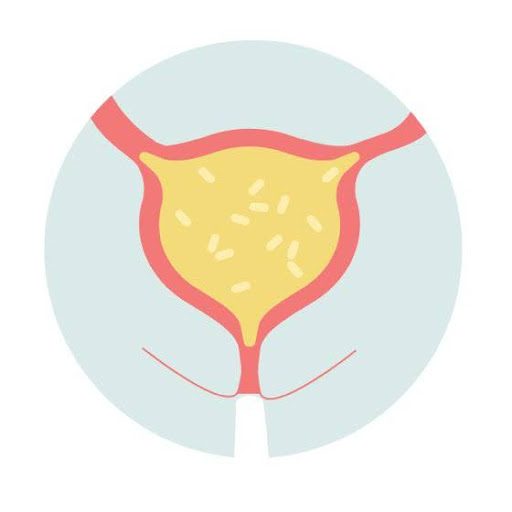Silent Ragers: UTIs and What We Can Do
- Urinary Tract Infections hamper people’s daily functioning.
- Silent UTIs are harder to detect and diagnose.
- CSE aids in raising awareness about sexual hygiene.
What Is A UTI?
Urinary Tract Infections (UTIs) are among the most prevalent infections affecting women globally, with significant impact observed during pregnancy due to the drastic physiological and anatomical changes that occur. A research done by the National Institute of Health and Family Welfare suggests that 3.14 percent to 19.87 percent of Indian women suffer from UTIs, with a higher number of pregnant women falling within this statistic. The issue becomes increasingly complex when the broader factors involved are looked at such as history of abortion, sexual activity, parity etc.
Women in rural areas, who are already at a financial backfoot, are even worse off in the aspects of sexual and reproductive health due to the sheer lack of access to resources such as clean drinking water and proper sanitation. Pregnancy increases the chances of developing a UTI manifold as the functional, physical and hormonal chances increases urine stasis, leading to microbially charged urine from the bladder coming in contact with the uterus. In India, there is a huge gap between the resources available for screening women for UTIs and the sheer number of people suffering from them, which has resulted in less women getting diagnosed with them.

Silent UTIs And Who They Affect
Silent UTIs can be defined as those without any noticeable symptoms that would otherwise indicate that something is awry. It becomes more of an issue with people who are older and suffer from relatively weaker immune systems. While standard UTIs are accompanied with frequent urination, lower abdominal pain, bloody or cloudy urine, and pelvic pain, silent UTIs on the other hand are harder to detect and can progress faster and become potentially dangerous. Due to difficulty and delay in detection and diagnosis, they are allowed to progress, leading to far more serious complications because of absence of appropriate treatment.
Delay in detection in many areas may also be attributed to cultural beliefs which create hesitance in approaching healthcare officials with matters that require the treatment and observation of the “private parts”, leading to further hindrance of aid that could potentially be provided. Silent UTIs can be deadly for several reasons such as leading to kidney damage, kidney infections and sepsis. These also increase the chances of recurrent UTIs which can cause permanent damage to the kidneys, raising chances of developing Chronic Kidney Disease (CKD). Symptoms such as mild discomfort in the lower abdomen, slight pain or burning while urinating, frequent urination or just feeling uncomfortable and “off” in general can easily be dismissed by an individual.
This calls for vigilance in reproductive health which aids detection of UTIs, even ones without symptoms. Comprehensive Sexuality Education (CSE) targets the root cause of the issue by equipping people with knowledge about safe sexual practices and hygiene required to avoid repeated occurrences of UTIs while also promoting regular medical attention and destigmatising medical assistance. It emphasises the usage of appropriate contraception that can lessen the chances of developing UTIs and encouraging hygiene tips such as wiping front-to-back to rule out the possibility. Even something as simple as maintaining hydration levels can significantly reduce the odds of getting an infection!

How Do We Change Things?
The statistics regarding the people who are most likely to suffer from UTIs, are indicative of the urgent requirement to prioritise urinary health, with millions of the current population being at risk of UTIs.
According to the National Institute of Health, over 40 percent of women are likely to suffer from a UTI in their lifetime, with the ratio compared to men being 8:1.
CSE promotes healthy sexual hygiene choices which reduce the chances of infection and provides solutions that are widely accessible. It normalises the idea of asking for medical attention and erases the stigma around it which is precisely what is required to avoid permanent organ damage due to urinary infections. Silent UTIs, while especially concerning, can easily be supported with knowing what to look out for and stay wary about, so that once the issue is narrowed down about, it becomes easy to treat. Always consult your healthcare provider for an expert opinion!
https://pmc.ncbi.nlm.nih.gov/articles/PMC11107389/
https://liveutifree.com/chronic-urinary-tract-infection/
https://epichealthsystems.com/palatine-urgent-care-silent-uti-dangers/
10 Must-Know Sexual Health Tips for Trans Men
Here’s Why Male Pelvic Health is Important
Author


1 thought on “Silent Ragers: UTIs and What You Can Do”
Very important health issue to be addressed from a young age. Don’t recall my biology syllabus ever talking about this although it’s such a common phenomenon!